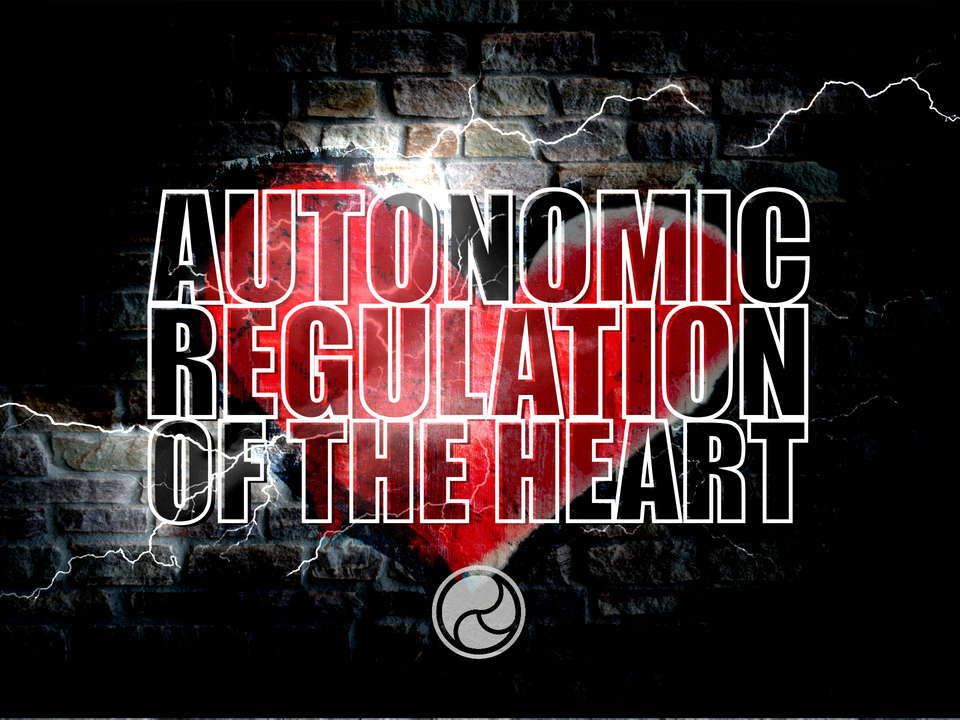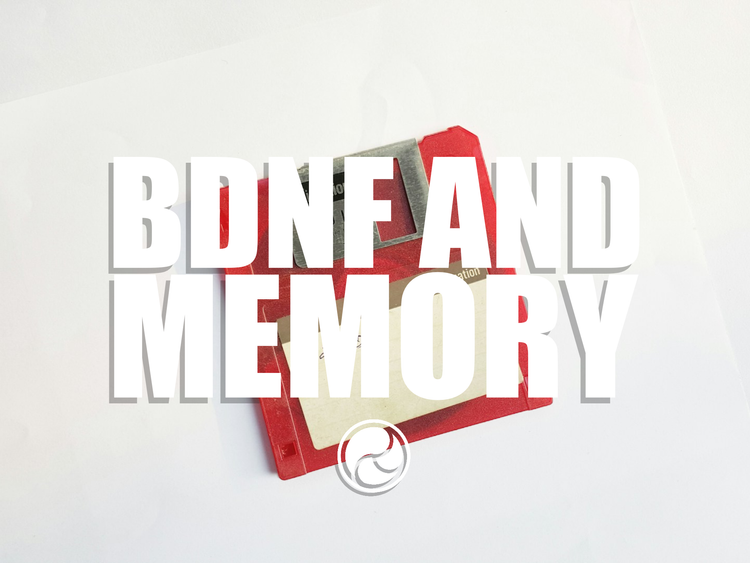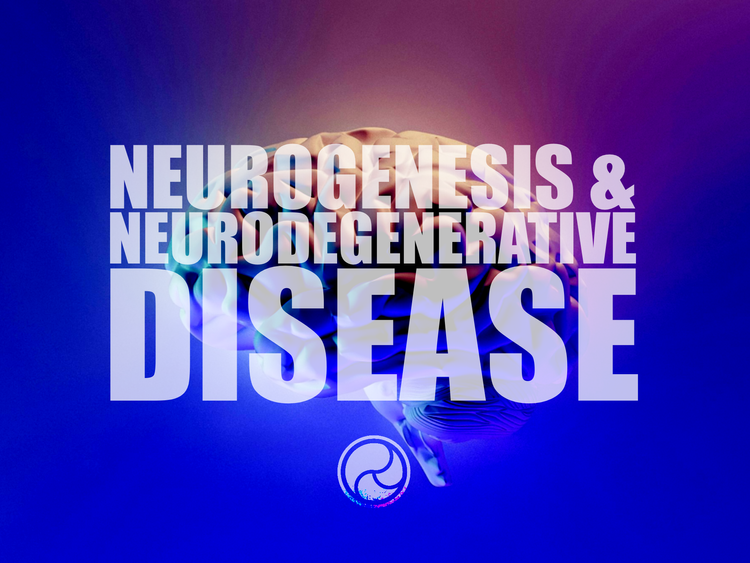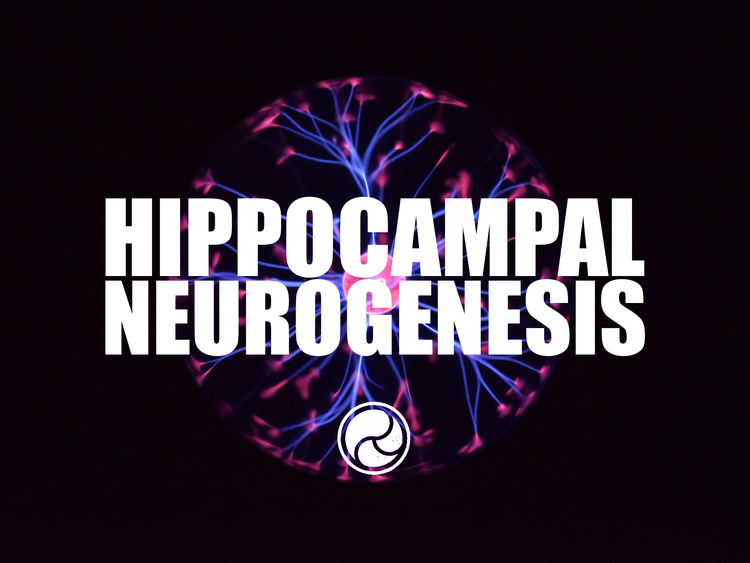Autonomic Regulation of the Heart

This is a break-out of an article I wrote years ago titled "Heart Rate Variability: Finding the Pulse on Your Recovery." The entirety of this prior article will be broken up and spread out for ease of consumption, and will serve as a sample of content that will be produced for this publication. This content is provided for free, and as such, will be foundational in understanding what comes later on. Enjoy!
Heart Rate Variability: Finding the Pulse on Your Recovery
Part 1: The Anatomical Heart
Part 2: Autonomic Regulation of the Heart (this article)
Part 3: Respiratory Sinus Arrhythmia: What's Breath Got to Do With it?
Part 4: Heart Rate Variability: Effectively Gauging Your Physical Wellbeing
“When the heart speaks, the mind finds it indecent to object.”
― Milan Kundera, The Unbearable Lightness of Being
Contents
The Heart and the Autonomic Nervous System
The Sympathetic and Parasympathetic Nervous Systems
Autonomic Regulation of the Heart
Stress and the Parasympathetic Nervous System
What's Next?
References
The Heart and the Autonomic Nervous System
Definitions
Autonomic: involuntary, unconscious
Sympathetic Nervous System: a part of the Autonomic Nervous System that elevates the body to hyper aware states, aka "fight or flight," when activated
Parasympathetic Nervous System: a part of the Autonomic Nervous System that reduces the body's elevated state to promote regeneration, aka "rest and digest"
Vagus Nerve: the longest cranial nerve in the body
Inhibitory: hindering, preventing
Vagal Brake: vagal inhibition of the heart's intrinsic nervous system
The heart carries and is generally run by its own intrinsic (internal) nervous system, as discussed in the Anatomical Heart. If you have not read that article, I strongly recommend reading it before continuing on with this one.
Though your heart has a self-contained nervous system and can run on its own, it connects to your main nervous system by way of the Autonomic Nervous System (ANS)–and is modified by it.
You're probably familiar with the term 'Central Nervous System' (CNS). The CNS consists of the brain, spinal cord, and all nerves. The Autonomic Nervous System (ANS) is the part of your CNS that specifically manages involuntary bodily functions, including heart rate, blood pressure, respiration, digestion, and sexual arousal.1
This is a good thing. The Sinoatrial Node (SA), without regulation, will run anywhere from 60 to 100 beats per minute (bpm). This is intentional, as a higher rate of firing helps prevent other parts of the heart from generating their own, competing pulses.2 This implies that the SA does more than just facilitate heart-rate. However, that is a subject for another article.
A healthy heart generally beats anywhere from 55 to 75 bpm. The reason for this is that the SA —along with the rest of your heart— receives inputs from both the sympathetic and parasympathetic branches of the ANS. Let's break this down.

The Sympathetic and Parasympathetic Nervous Systems
The ANS is, itself, comprised of three distinct systems: the Sympathetic Nervous System (SNS), the Parasympathetic Nervous System (PNS), and the Enteric Nervous System. For our purposes here, we are mostly interested in the SNS and PNS; the Enteric Nervous System may arise in a later article.
The SNS is the larger system, with nerves that originate in the spine and travel throughout your body. Of special interest here are the nerves originating in the cervical and thoracic spine–your neck and upper back–and terminating on the surface of the heart. The SNS is largely responsible for elevating the body's activity and heightening awareness in response to stressors. This is commonly referred to as "fight or flight."
The PNS is substantially smaller than the SNS, most of which is carried almost entirely within the Vagus Nerve (VN), with branches converging on the heart and extending to the sinoatrial and atrioventricular nodes.3 The PNS helps reduce the body's elevated state and recover from the negative effects of stress. This is commonly referred to as "rest and recover," or "rest and digest."
These two systems generally work in tandem, with balance shifting from one to the other depending on any number of stressors and influences.
Autonomic Regulation of the Heart
The SNS and PNS are the primary modulators of the heart's internal nervous system. Feedback from these two systems manage the rate at which the heart beats, and thus how much blood is collected from and pushed throughout the body.
When you’re at rest, the PNS is typically active. The VN delivers inhibitory signals to the SA and atrioventricular node (AV). This means the PNS, by way of the VN, prevents the heart's intrinsic nodes from operating automatically, causing them to fire more slowly. We’ll refer to this as the vagal brake. This is akin to the speed limiter, or governor, in a vehicle, capping the top speed at which a vehicle may perform. When faced with a stressor, the SNS inhibits the PNS, lifting the vagal brake and allowing the heart's intrinsic nervous system to operate unmitigated. This is akin to temporarily switching off the vehicle's governor. This is known as “accentuated antagonism,” or "parasympathetic withdrawal," though we'll just call this the heart's gas pedal.2, 4

What does this look like? You roll out your mat for a quick 30-minute workout. As you prepare, you're in a resting state: your PNS is inhibiting your heart's intrinsic nervous system, applying the vagal brake, keeping it beating at a steady 65 bpm. Nothing changes as you place your water bottle down and slowly stretch, beginning to warm up your muscles. As you move, however, your body signals to your brain that something is changing, alerting it to potential stress. As you begin your first exercise, which is a stressor, your SNS activates, lifting the vagal brake, disrupting the PNS and its inhibition of the heart. As you progress in your workout, you notice your heart rate rising and your breath become shorter. The influence of the PNS on your heart is greatly reduced as your workout intensifies. Where the PNS was predominantly in control in the beginning, the balance shifts to the SNS, where sympathetic control manages bodily functions at high intensity.4
As you arrive at the end of your workout and begin stretching, sympathetic control subsides, shifting autonomic balance back to the PNS. The SNS releases its inhibition of the PNS, and the PNS applies the vagal brake to your heart, slowing it down. This signals to the rest of your body that it's entering recovery mode.
Stress and the Parasympathetic Nervous System
Because of the way the ANS modulates your heart’s activity, your heart rate can very generally be used to measure autonomic balance and determine parasympathetic activity. To some extent. I say "generally" because we now have better ways of measuring autonomic balance and determining overall ANS health. Still, heart rate is useful, and the lower your resting heart rate, the greater your vagal tone, which in turn is indicative of lower stress.
Generally.
While your stress response is activated during exercise or under threat of disease, injury, or death, this activation is typically temporary and useful to your survival and wellbeing. Temporary being key here. Chronic stress affects the body differently, however. Chronic stress is stress that is present over a long duration, typically days to weeks on end. This extends the activation response to stressors and is harmful in the long run: your SNS is not designed to run at full activation all the time, and several physiological systems suffer as a result of prolonged activation. More important to your longevity than the stress that induces action is recovery: if your body does not return to a state where your ANS is in balance, and quickly, you’re in trouble.
This is the purpose of exercise: to train your body to more efficiently return to a state of rest, and to improve the function of your PNS. You train and train and train, and overtime your resting heart rate reduces. This indicates that you've improved the function of your PNS. And because your PNS governs your ability to recover–"rest and recover," remember?–this underlies and emphasizes the importance of exercise.5
Isn't this fucking cool? Not only do you have some level of awareness of what's going on with your heart and nervous system, but you also now know how it relates to exercise, and why exercise is so damn important.
What's Next?
Many of the studies referenced specifically mention Heart Rate Variability (HRV), not heart rate. While heart rate will tell you a bit about heart health and autonomic function, it does not provide you with enough information to determine how well your nervous system recovers from stress, whereas HRV can. We still have one more thing to discuss before we dive into the specifics of HRV, and that's how your breath factors into all of this. You'll learn all about it in the next installment.
Thank you for reading! If you enjoyed this content, please consider subscribing for more. Feel free to drop into the Discord with any questions around the content. If this has motivated you to get up and get moving, strvtmvmnt offers online classes and programs to help strengthen your body and mind wherever you may be. Sign up for the marketing newsletter here, and join us on Discord here.
References
1Waxenbaum JA, Reddy V, Varacallo M. Anatomy, Autonomic Nervous System. [Updated 2023 Jul 24]. In: StatPearls [Internet]. Treasure Island (FL): StatPearls Publishing; 2024 Jan-. Available from: https://www.ncbi.nlm.nih.gov/books/NBK539845/
2Shaffer, F., McCraty, R., & Zerr, C. L. (2014). A healthy heart is not a metronome: an integrative review of the heart's anatomy and heart rate variability. Retrieved March 31, 2018, from https://www.ncbi.nlm.nih.gov/pmc/articles/PMC4179748/
3Shen, M. J., & Zipes, D. P. (2014, March 14). Role of the Autonomic Nervous System in Modulating Cardiac Arrhythmias. Retrieved March 31, 2018, from http://circres.ahajournals.org/content/114/6/1004.long
4Michael, S., Graham, K. S., & Davis, G. M. (2017). Cardiac Autonomic Responses during Exercise and Post-exercise Recovery Using Heart Rate Variability and Systolic Time Intervals—A Review. Retrieved March 31, 2018, from https://www.ncbi.nlm.nih.gov/pmc/articles/PMC5447093/
5Grieco, C. (2016, December 14). Essentials of Heart Rate Variability for Personal Trainers, with Carmine Grieco | NSCA.com. Retrieved March 31, 2018, from https://www.youtube.com/watch?v=nDwnhmehQfg




